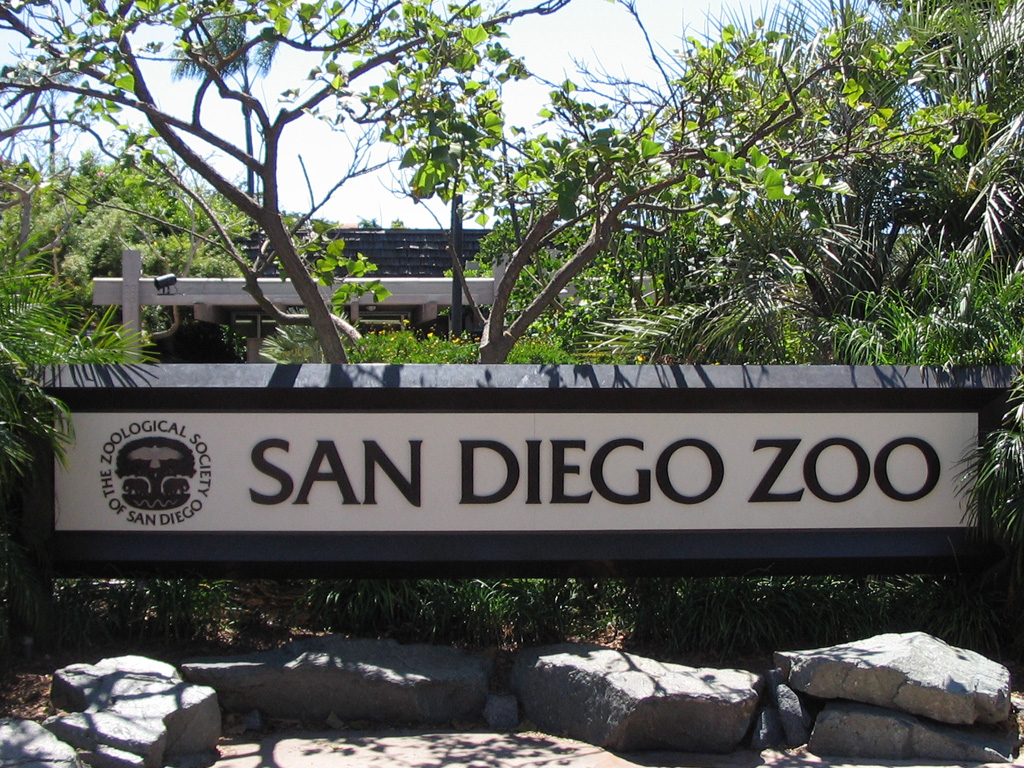-

-

-

-

-

-

-

-

-

-

-
-

-

-

-

-

-

-

-

-

-

-

-

-

-

-

-

-

-

-

-

-

-

-

-

-

-

-

-

-

-

-
-

-

-
 TOTW: Google's Project Ara Modular Phone May Be The Future Of SmartphonesOctober 30, 2014
TOTW: Google's Project Ara Modular Phone May Be The Future Of SmartphonesOctober 30, 2014 -

-

-

-

-

-

-

-

-

-

-

-

-

-

-
-
-

-

-

-

-

-

-

-

-

Posts tagged The Frozen Zoo
Are All Animals Doomed to Extinction? Part 2: The Frozen Zoo
010 years
This is the second in my series on de-extinction technology, the increasing rate of animal extinction, and more. Click HERE to read the first article.
To start, I’ll tell you the first of humanity’s hopes for the survival of Earth’s fauna: a genetic sampling collection, or in the words of the San Diego Zoo, a “Frozen Zoo.” The reason I mentioned Angalifu, the late white rhino from the San Diego Zoo, in Part 1 of this series is because the rhino is now part of an incredible task being undertaken: creating a frozen collection of any animal that dies at the Zoo, including tissue, sperm/eggs, stem cells, and anything else that may be useful for later use. They have been doing this for 40 years already, and have amassed so much genetic data that the Zoo now represents the largest frozen gene bank in the world, including rare samples such as the white rhino’s.
This technique holds great promise, one of which is cloning or bringing a species back to life; however, creating one or two of these rhinos or Po’ouli birds isn’t what scientists are trying to achieve. The goal is rather to get these animals back into the wild as part of a stable population. But, when the animals that are “created” are the only ones that can repopulate the whole rhino species, that can lead to genetic complications, such as inbreeding. Yet many other species have come back from a very small population, so if we can someday produce a large handful of genetically distinct white rhinos (i.e., not clones of one or two individuals) then there is a chance that they could grow their population back up to a stable point in the wild.
Even after this major technical hurdle is cleared, another key obstacle would be to avoid the poaching that prompted the fall of this great species in the first place, but that’s a story for another day. Yet for now, poaching does raise a new point, and one that hurts the case for all of the Jurassic Park fans who want pet velociraptors (or perhaps more realistically, pet Dodo birds): where would we put these animals, and how would they get re-introduced into the modern ecosystem that has already adapted to life without them?
The short answer is: they can’t really. After an ecosystem has gone so long without a certain species, reintroducing the species back to the wild risks disrupts the new harmony, and may even make the reintroduced species act as an invasive species. As our goal is to keep our environment as harmonic as possible, disrupting that just because Velociraptor African safaris make great business hopefully won’t happen anytime soon.
What I’m trying to say is that the goal of all this time and money invested in this cause is not to bring back extinct species, but rather to bring back extant species that are hovering on the brink of extinction, such as the white rhino. The species the scientists are targeting have only just vacated their natural habitats, preferably due to unfortunate human eradication, as those are the species where we have a clearer moral obligation to try to intercede. Bringing these species back to a stable population, which has been completed before with various raptor species and others, is the goal of all this hard work from many talented people.
Make sure to check back here soon for the last two installments in this series!
